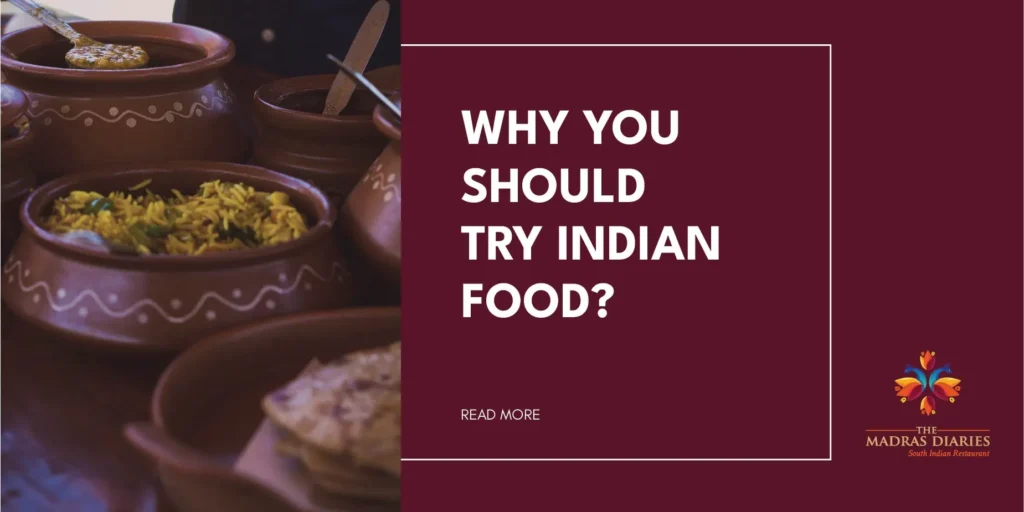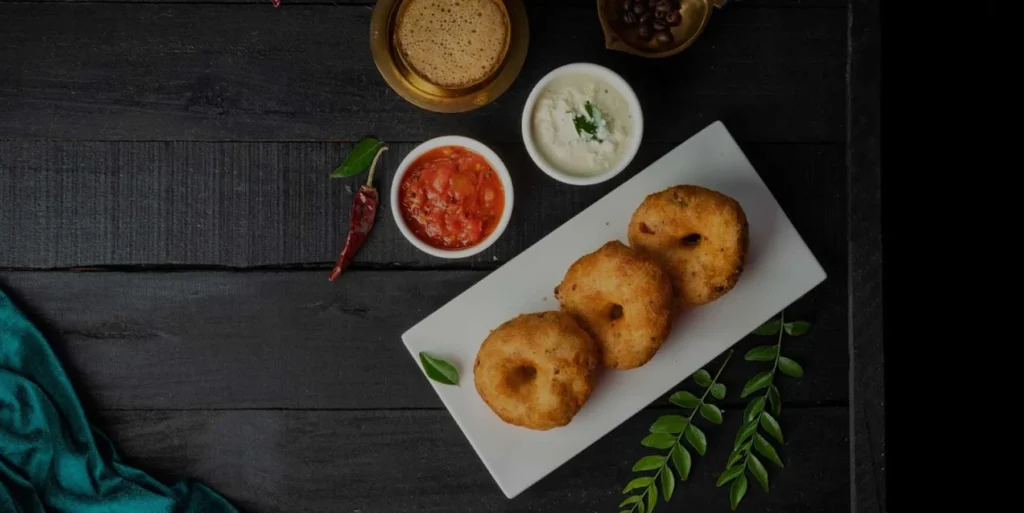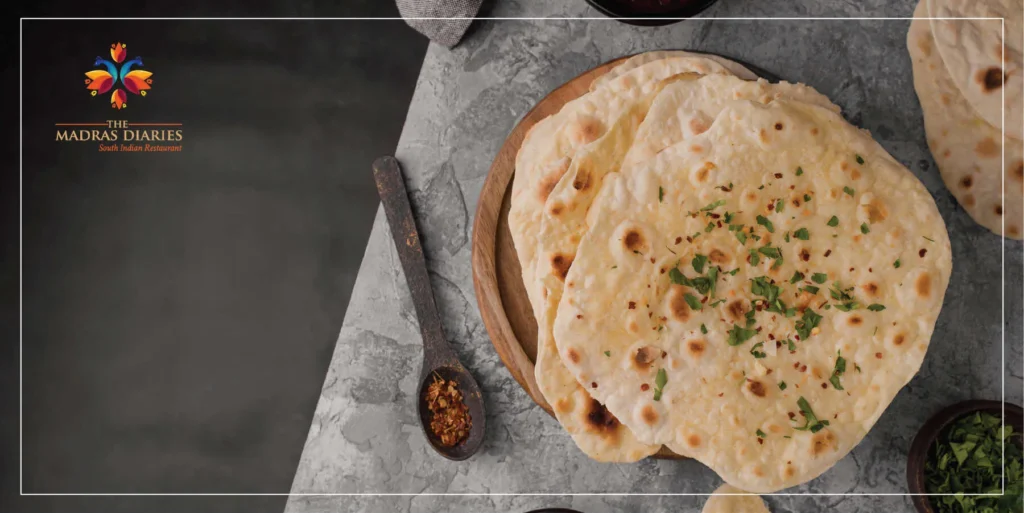For many people, trying different cuisines is a hobby. Trying new foods deepens your cultural connection and expands your taste buds. One cuisine people are equally excited and apprehensive to try is Indian. Why should you try Indian food?
If you’re used to western cuisines, then Indian food is the starkest contrast you can get in terms of taste. The taste profile, ingredients, and method of preparation are completely different. So you should try Indian food if you’re in for a culinary adventure. But that’s only the beginning. Read on to know why you should try Indian food.
The Health
Indian food is the embodiment of healthy food. Though it may seem like a lot of rich curries and heavy foods, every ingredient used in a dish was chosen with intent. Yes, one of those intents is how the ingredient enhances the taste. But the ingredients used are also selected because of their health benefits.
One of the oldest sciences in India is Ayurveda. This is the science of staying healthy from the food you consume and regular exercise. Here are some of the ingredients most often used in Indian cuisine and their benefits.
Turmeric
This golden yellow powder is used in the tiniest quantities in food. It contains a compound called curcumin that has anti-inflammatory and anti-oxidant properties. Turmeric is also used as a topical treatment for scrapes and injuries.
Ginger
Ginger is not specific to Indian cuisine but is a widely used ingredient. Ginger root, like turmeric, has anti-inflammatory and anti-oxidant properties. Ginger also helps in digestion. That is why it is often used in rich food like curries. And it is also added to after-food drinks.
Fenugreek
Fenugreek is a bitter-tasting herb that has many medicinal properties. It is known to be able to reduce blood sugar levels. It is also known to have cooling properties.
Curd
Curd is a very widely used ingredient in all parts of India. Curb is a probiotic food that is a good source of calcium, potassium, and Vitamin B. It is often had on its own or prepared into a drink called Lassi. Curd is also included in many dishes as a thickening agent.
Lentils
Lentils are one of the staples in Indian cuisine. It is a rich protein and fibre source and is used almost daily. A large portion of the Indian population follows a vegetarian diet. For them, lentils are the main source of protein. Gravies like arachivitaa sambar have a large amount of lentils, and thereby protein, in them.
A typical Indian meal contains everything the food pyramid tells you to eat daily. Indian food is one of the healthiest and doesn’t have preservatives or canned food. Authentic Indian food is prepared fresh and from scratch. And there is nothing more beneficial than eating fresh, home-cooked food.
The Taste & Diversity
Not enough can be said about the varied taste you get from Indian food. The country has a diverse population. Similarly, the food they eat is also extremely diverse in taste. Kerala, the land of spices, is a state that uses a lot of coconut and fish in its food. Similarly, West Bengal also cooks a lot of seafood.
Even though the worldwide assumption is that all Indians eat is curry, it is impossible to pin down Indian food like that. We do eat curries like lamb curry and gosht rogan josh. But there is much more than that. There are just far too many varieties and dishes.
In Tamil Nadu, some staple food items are rice, idly, and dosa. These dishes are rich in carbohydrates. And when eaten with their main accompaniments, like sambar and chutney, you can experience delicious heaven.
If you travel across a couple of states in the North West direction, you reach Maharashtra. Here, the staple is Roti. This is a wheat-based flat bread that you can eat with various Indian gravies like dhal, aloo gobi, and more.
Move to the north yet again, and you get to Gujarat. This state is famous for dhokla and its rich sweets. So when you try Indian food, you can experience the diverse taste from 28 states. Each state has a distinctive cuisine that gives you a new culinary experience.
Many people visit India just to go on a culinary tour. And it would take you a couple of months to truly taste all the unique food the country offers. That’s just how diverse the cuisine is.
Indian Food is Scientifically Delicious
Research (analysed 2,500 Indian recipes) found that the basis of an Indian recipe combines ingredients that don’t have identical flavour compounds. Instead, they are complementary. This combination of contrasting flavours increases the overall taste of the dish.
Many western cuisines combine ingredients with similar flavour profiles. There is nothing inherently wrong with this. But it does result in a dish that doesn’t have a depth of flavour. Rather, the same notes are repeated.
The pairing of spices in Indian recipes is done with purpose and intent. On one side, warm spices like ginger and sour ingredients like tamarind are combined because the flavour is tasty. But ingredients are also used to offset the negative effect one may have. For example, a rich curry such as Rogan Josh may sit heavy on you and be hard to digest. That is why spices like cumin and ginger are used in the dishes – to help digestion.
Indian food is a gift that keeps on giving. More will surface when you think you’ve tried the popular dishes, introducing you to a whole new culinary experience. If you want to give your taste buds a unique experience, then trying Indian food is a non-negotiable.



